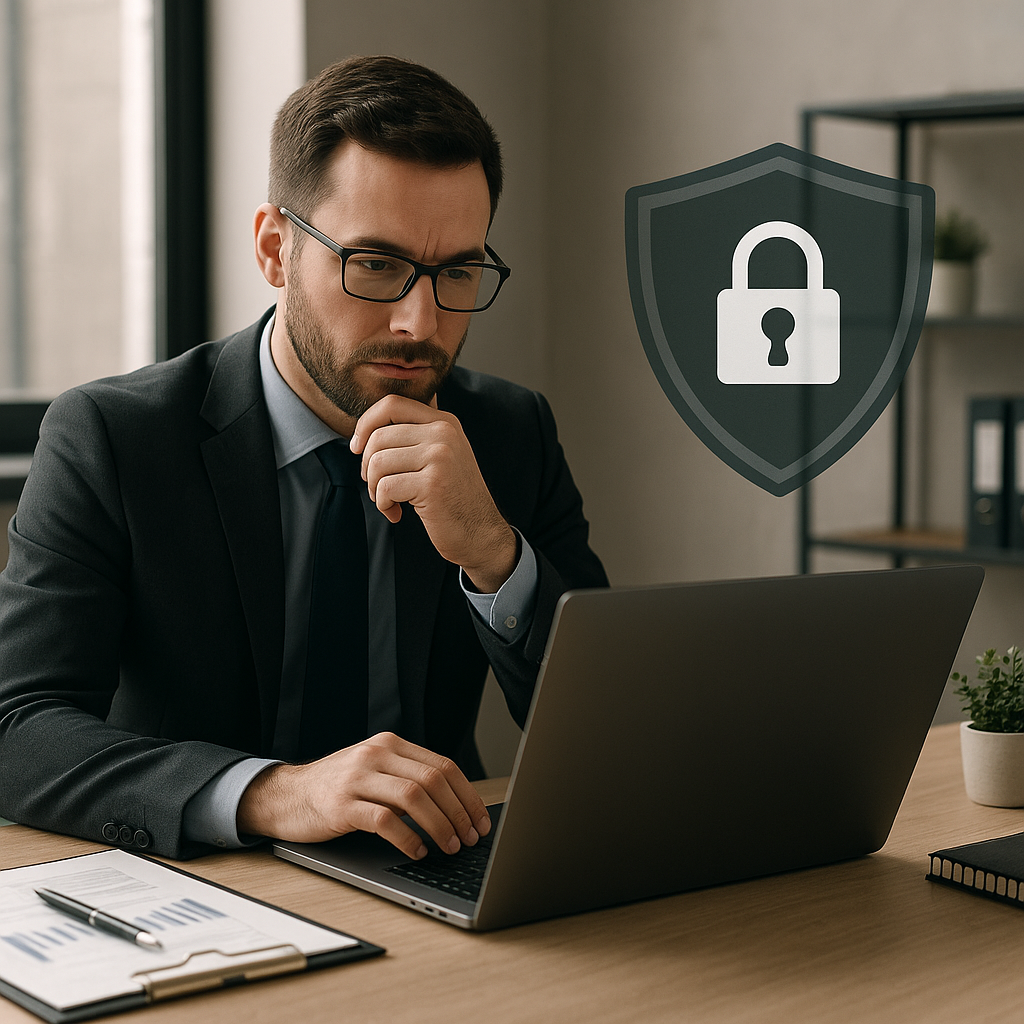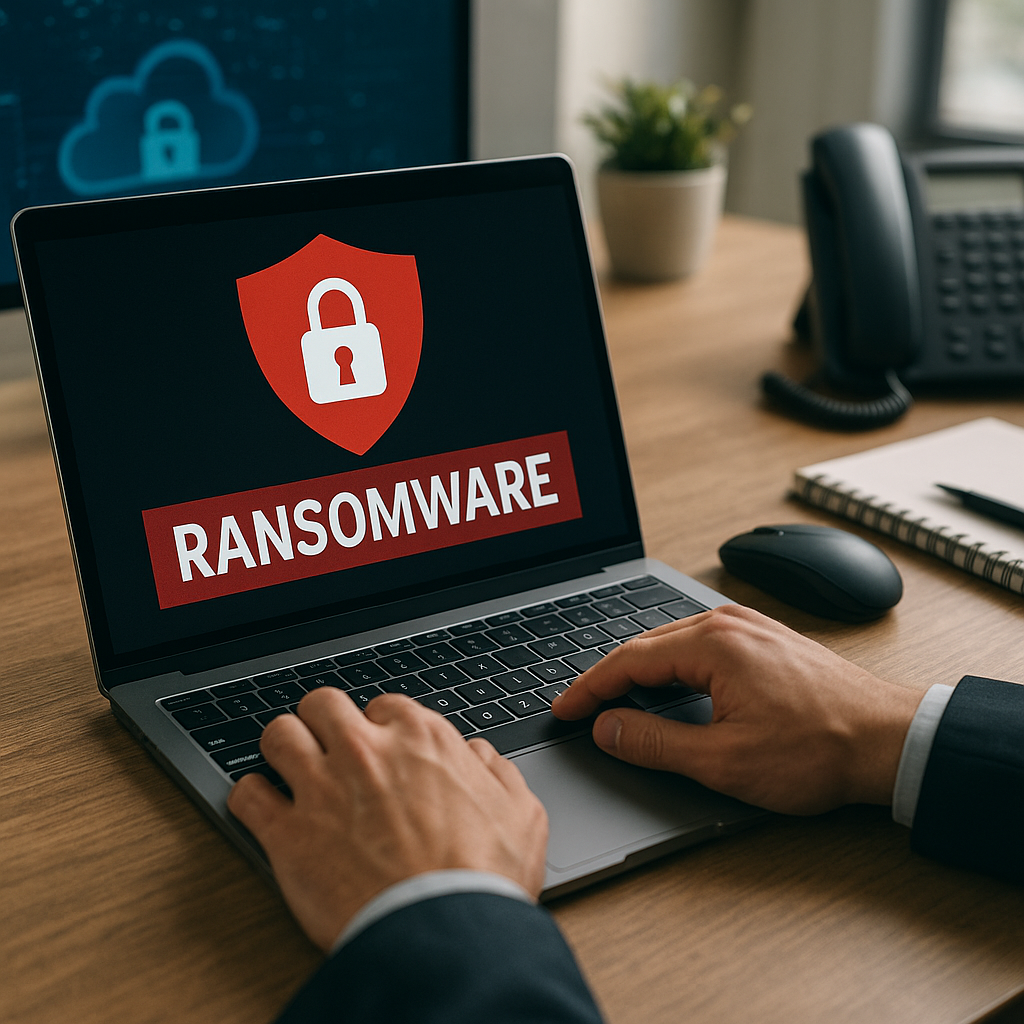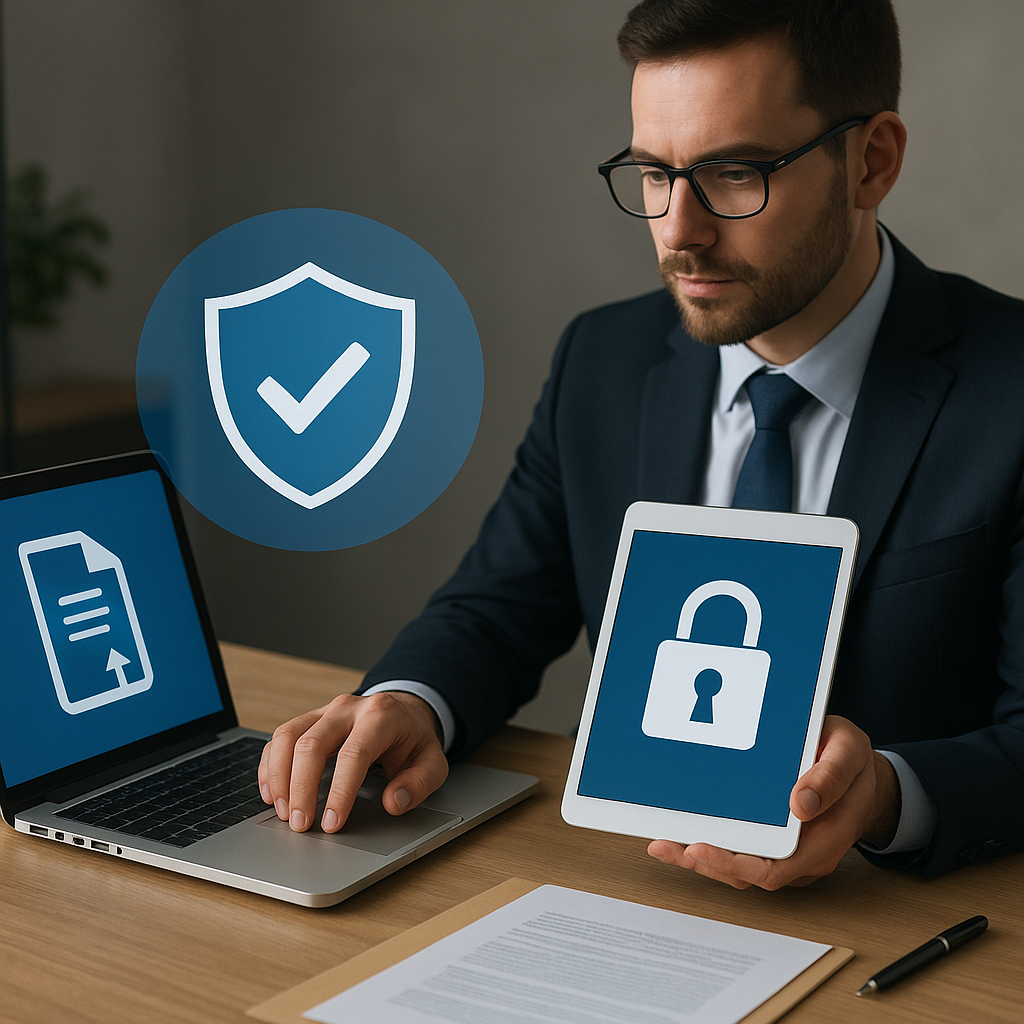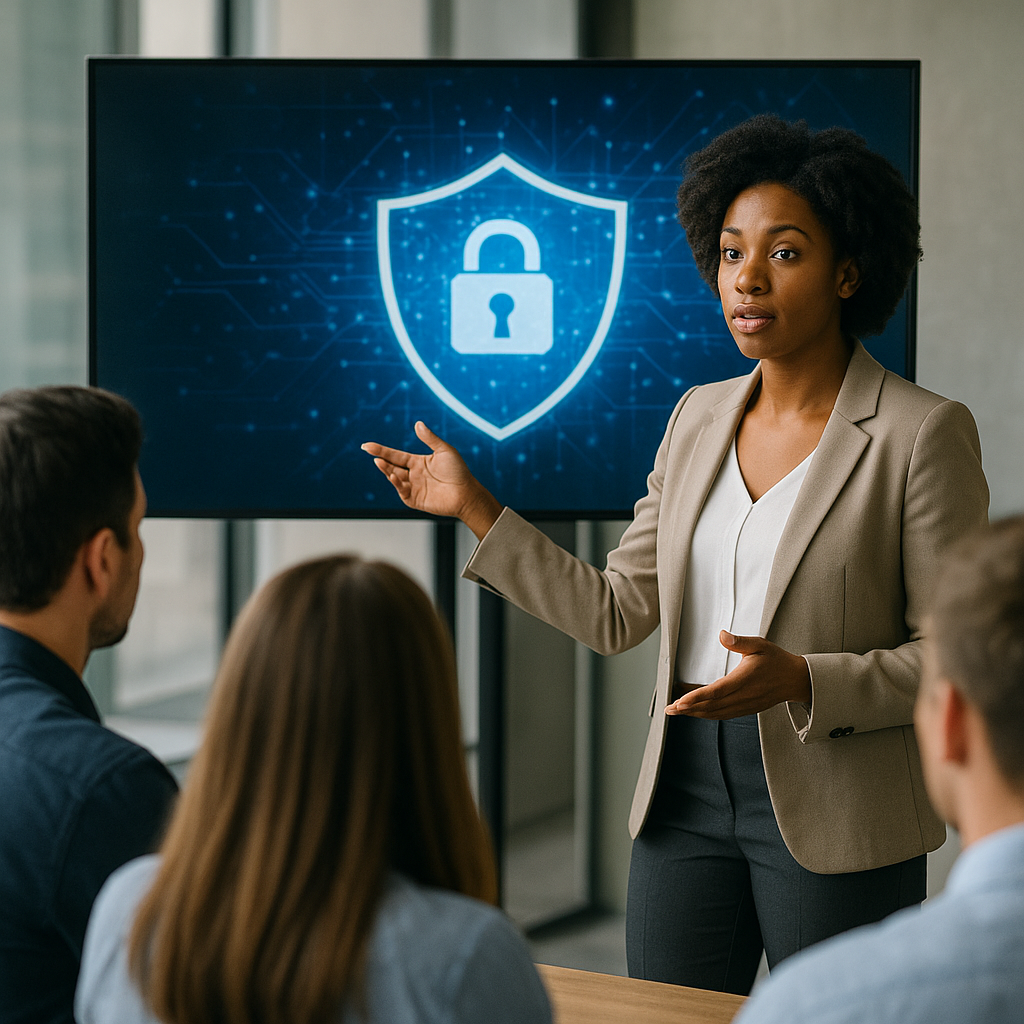Power outages can occur unexpectedly and can pose various risks to safety and well-being. Understanding how to stay safe during these times is crucial for individuals and families alike. This article will explore essential safety tips and strategies to help you navigate power outages effectively, ensuring that you and your loved ones remain secure and prepared.
Understanding the Risks of Power Outages
Power outages can result from a variety of factors, including severe weather, equipment failure, or even accidents. While the immediate concern may be the loss of electricity, there are several risks associated with power outages that individuals should be aware of:
- Food Safety: Without refrigeration, perishable food items can spoil quickly, leading to foodborne illnesses.
- Medical Needs: Individuals who rely on electrically powered medical devices may face life-threatening situations if power is lost.
- Fire Hazards: Candles and other alternative light sources can pose fire risks if not used carefully.
- Security Concerns: A lack of power can compromise home security systems, making homes more vulnerable to break-ins.
- Communication Issues: Without power, communication devices may not function, making it difficult to receive updates or call for help.
Being aware of these risks is the first step in preparing for a power outage. By taking proactive measures, you can mitigate these dangers and ensure your safety and that of your family.
Preparation Before a Power Outage
Preparation is key to staying safe during a power outage. Here are several steps you can take to ensure you are ready when the lights go out:
1. Create an Emergency Kit
An emergency kit is essential for any household. It should include:
- Flashlights and extra batteries
- First aid supplies
- Non-perishable food items
- Water (at least one gallon per person per day for three days)
- Manual can opener
- Portable phone charger
- Whistle to signal for help
- Local maps
2. Plan for Medical Needs
If you or a family member relies on medical equipment that requires electricity, it is vital to have a backup plan. Consider the following:
- Contact your healthcare provider to discuss alternatives during a power outage.
- Identify nearby facilities that may have backup power, such as hospitals or urgent care centers.
- Keep a supply of necessary medications and ensure they are stored properly.
3. Secure Your Home
Before an outage occurs, take steps to secure your home:
- Install battery-operated or solar-powered lights in key areas.
- Ensure that all doors and windows are secure.
- Consider investing in a generator for backup power, especially if you live in an area prone to outages.
4. Stay Informed
Stay updated on weather forecasts and potential power outage alerts. Sign up for local emergency notifications to receive timely information about outages in your area.
During a Power Outage
When a power outage occurs, it is essential to remain calm and follow safety protocols. Here are some tips to help you stay safe:
1. Use Alternative Light Sources Wisely
While candles can provide light, they also pose a fire risk. Consider using:
- Flashlights with fresh batteries
- Battery-operated lanterns
- Glow sticks or solar-powered lights
Always keep light sources away from flammable materials and never leave them unattended.
2. Preserve Food and Water
To keep food safe during an outage:
- Keep refrigerator and freezer doors closed as much as possible.
- Use ice packs or dry ice to help keep food cold if the outage lasts for an extended period.
- Have a supply of bottled water available, especially if you rely on electric pumps for water.
3. Stay Connected
Communication is vital during a power outage. Here are some ways to stay connected:
- Use a battery-powered or hand-crank radio to receive news updates.
- Charge your mobile devices before an outage, and use them sparingly to conserve battery life.
- Inform family and friends of your situation and check in regularly if possible.
4. Avoid Using Generators Indoors
If you have a generator, it is crucial to use it safely:
- Always operate generators outdoors in a well-ventilated area to prevent carbon monoxide poisoning.
- Keep the generator away from windows, doors, and vents.
- Follow the manufacturer’s instructions for safe operation.
After the Power is Restored
Once power is restored, there are several steps you should take to ensure your safety and well-being:
1. Check Food Safety
Inspect your food supplies to determine what is safe to eat:
- Discard any perishable items that have been above 40°F for more than two hours.
- Check the temperature of your refrigerator and freezer. If the freezer is still at 0°F, food is safe to eat.
2. Report Outages
If you experienced a power outage, report it to your utility company. This helps them track outages and restore power more efficiently.
3. Assess Damage
After a power outage, check your home for any damage:
- Inspect appliances for any issues caused by the outage.
- Look for signs of water damage or leaks, especially if the outage was due to severe weather.
4. Restock Emergency Supplies
After an outage, take the time to restock your emergency kit. Ensure that all items are in good condition and replace any expired supplies.
Conclusion
Staying safe during a power outage requires preparation, awareness, and proactive measures. By understanding the risks, preparing an emergency kit, and knowing how to respond during and after an outage, you can protect yourself and your loved ones. Remember that power outages can happen at any time, so being prepared is the best way to ensure your safety and well-being.




